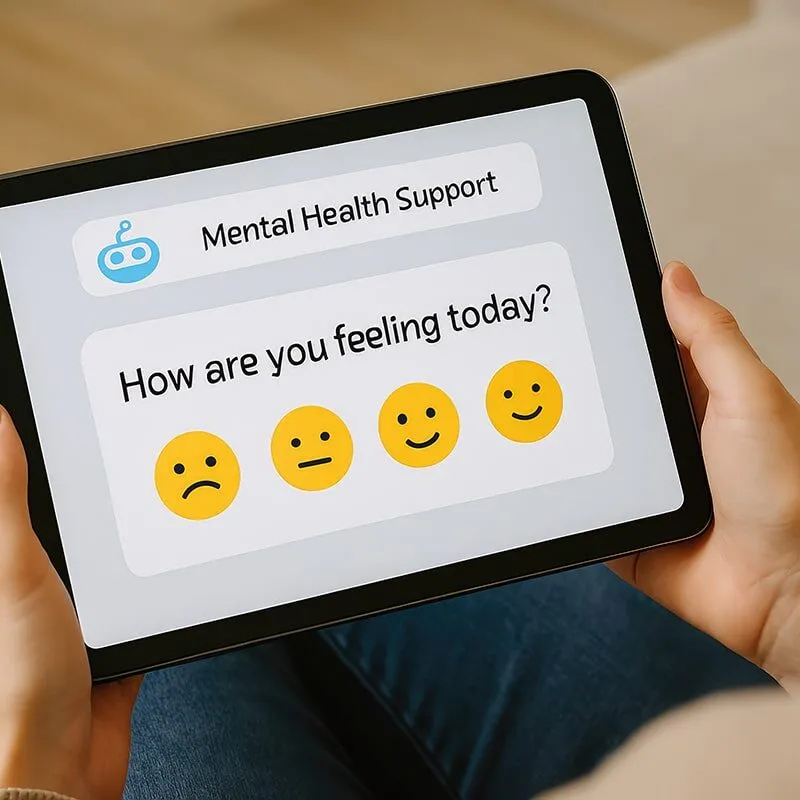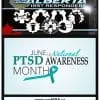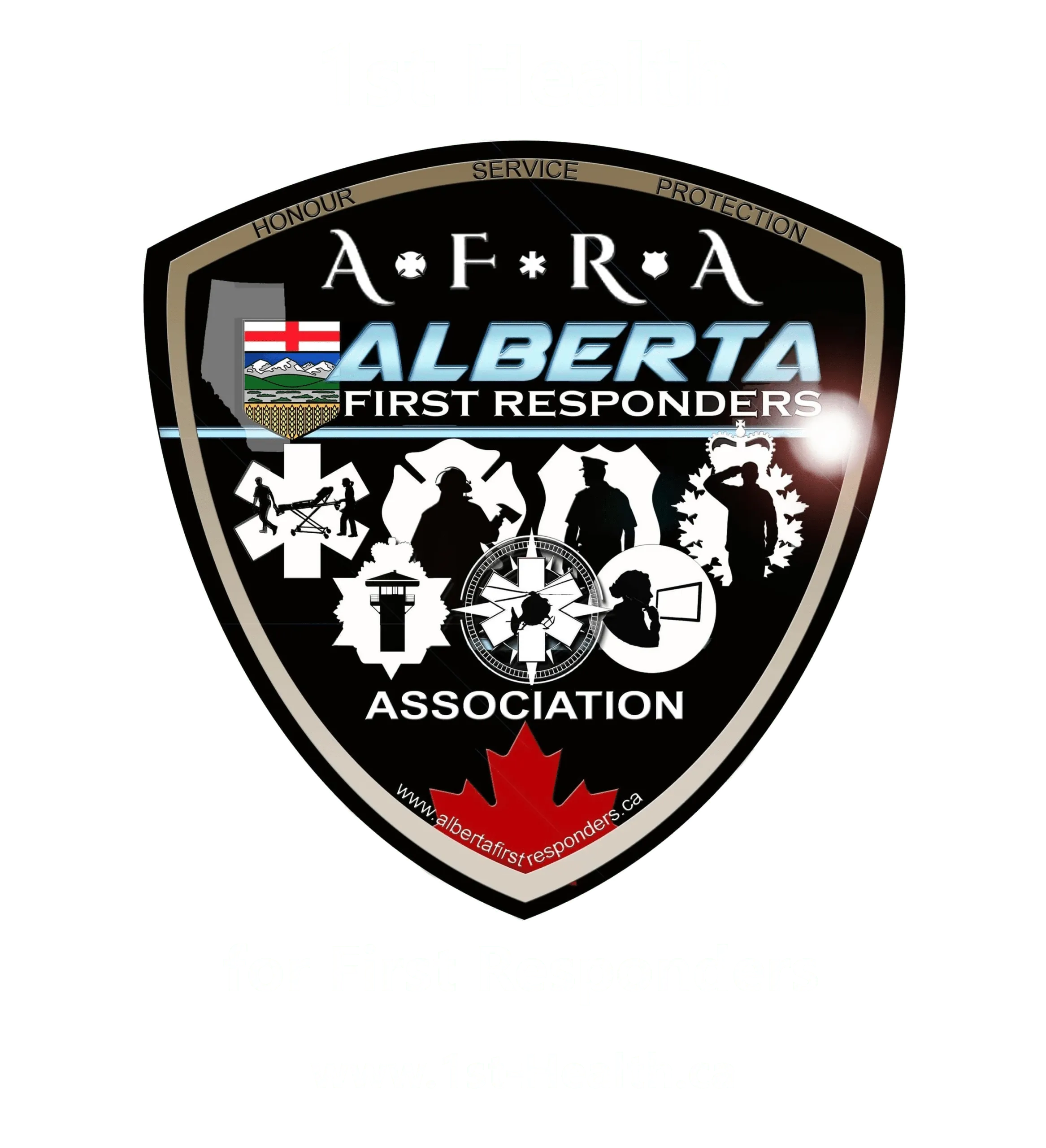Module 6: Practical Health & Injury Self-Assessments
This module empowers you, an Alberta first responder, with actionable strategies and tools for proactively monitoring your own physical and mental well-being. It moves beyond theoretical understanding to practical application, helping you identify early signs of health decline and apply a “Trauma Lens” to your personal experiences for immediate intervention. This is about giving you concrete ways to protect your most vital asset: your health.
Introduction: Why Self-Assessment Matters for You
- Proactive vs. Reactive Health: In the demanding world of Alberta’s first responders, waiting for symptoms to become debilitating is not an option. This module teaches you how to shift from reacting to illness or injury to actively monitoring and preventing decline. Your job is inherently reactive, but your health strategy doesn’t have to be.
- Your Body’s Early Warning System: Learn to tune into the subtle signals your body and mind send. These could be physical shifts like persistent fatigue or digestive issues, emotional changes such as increased irritability or apathy, or cognitive shifts like difficulty concentrating. Recognizing these early indicators is crucial for any AHS Paramedic after a critical call, or a Wildland Firefighter during a demanding season.
Empowerment Through Awareness: As an Alberta first responder, you are accustomed to taking control in high-stakes situations. Self-assessment tools extend that control to your personal health. This isn’t about being weak; it’s about being strategically strong and resilient in your career protecting Albertans.
Section 6.1: Daily & Weekly Health Check-ins: Immediate Tools for You
The Power of Daily Reflection:
Integrate brief daily or weekly check-ins into your routine. This could be a quick mental “scan” for tension, an assessment of your emotional state after an EMS call, evaluating your sleep quality, or gauging your energy levels before or after a long RCMP
Actionable Tool: The “5-Minute Power Check”
-
-
- Physical: Scan your body from head to toe. Where do you feel tension? Are you unusually tired? Any aches or pains that persist?
- Emotional: How are you feeling right now? What emotions are most prominent? Are you more irritable, withdrawn, or anxious than usual?
- Cognitive: Are your thoughts racing or foggy? Are you having trouble focusing? Any unwanted thoughts or images lingering?
- Energy: Rate your energy level from 1 (exhausted) to 10 (fully charged).
-
Physical Manifestations Specific to the Job:
Be aware of common physical signs of stress and fatigue that often affect Alberta’s first responders: persistent headaches, digestive issues (especially with erratic shift work), chronic muscle tension from wearing heavy gear, ongoing sleep disturbances, or an increased frequency of minor illnesses. These are not signs of personal failure, but indicators of occupational stress.
-
- Emotional & Cognitive Cues: Learn to recognize emotional changes like increased irritability after a Search and Rescue mission, apathy towards activities you once enjoyed, or emotional numbness. Cognitively, watch for forgetfulness, difficulty making decisions, or intrusive thoughts that persist long after an incident, common for Police Officers and Sheriffs.
Actionable Tool: Simple Self-Assessment Journaling
-
-
- Format: Use a small notebook or a notes app on your phone.
- Daily Log: Briefly note 3 things that went well, 3 things that were challenging, and 1 word to describe your overall feeling for the day.
- Weekly Review: Look for patterns. Are particular types of calls or days consistently leading to specific feelings or physical symptoms? This helps you identify your personal triggers and responses.
-
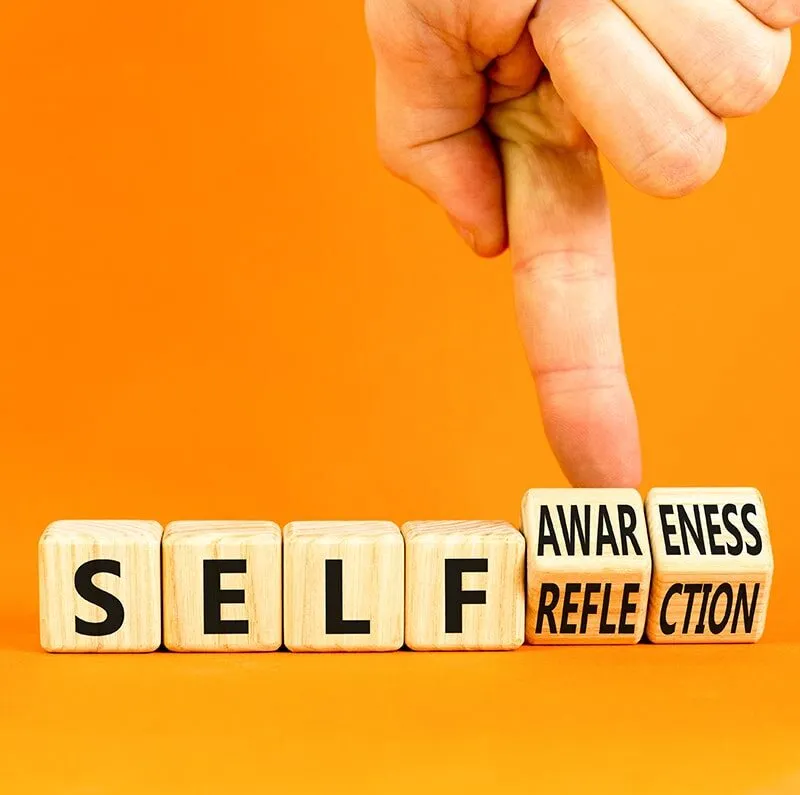
Section 6.2: Applying a Trauma Lens to Your Self-Monitoring
Understanding Your “Trauma Lens”:
For Alberta’s first responders, past traumatic exposures can significantly influence current responses to stress and critical incidents. A “Trauma Lens” means understanding that your reactions are often rooted in these experiences, allowing you to respond to yourself with compassion and foresight.
- Recognizing Delayed Onset Symptoms: It’s crucial to understand that emotional and physical injuries from traumatic events are not always immediate. They can manifest days, weeks, or even months later. A Firefighter might feel fine after a major incident, only to experience sleep disturbances weeks down the line. This is a normal part of the human stress response.
- Hypervigilance & Avoidance in Daily Life: Identify common trauma responses in your daily routine. Hypervigilance might look like constantly scanning your environment, even when off-duty. Avoidance might manifest as pulling away from loved ones or neglecting hobbies you once enjoyed. Recognizing these patterns is the first step to managing them.
- Cumulative Trauma Impact: For Alberta’s emergency dispatchers, correctional officers, and others with continuous exposure, repeated traumatic events significantly increase the risk of Operational Stress Injuries (OSIs). This reality necessitates more frequent and intentional self-monitoring. Your resilience is immense, but it’s not boundless.
Actionable Tool: The Post-Incident “Check-In & Release”
-
- Immediately After a Significant Call: Take 5-10 minutes to yourself.
- Acknowledge: What did you just experience? (e.g., “That was a high-stress pediatric call.”)
- Observe: What physical sensations are you feeling? (e.g., “Heart racing, hands shaking.”) What emotions? (e.g., “Sadness, anger, relief.”)
- Ground: Do a quick 5-4-3-2-1 grounding exercise (5 things you can see, 4 things you can hear, 3 things you can feel, 2 things you can smell, 1 thing you can taste).
- Plan: Do you need to talk to a peer? Take a longer break? Note it down for later reflection. This proactive step helps prevent the incident from festering.
- Immediately After a Significant Call: Take 5-10 minutes to yourself.

Section 6.3: Recognizing When to Seek Professional Support
Knowing Your Limits:
As an Alberta first responder, you are trained to handle crises. However, there are times when even the strongest among us need professional intervention. Understanding the limits of self-care is a sign of strength, not weakness.
- Red Flags for Professional Help: Don’t Ignore These Signals:
- Persistent sleep disturbances despite trying coping strategies.
- Severe and unexplained mood swings.
- Intrusive thoughts of self-harm or suicide (seek help immediately).
- Significant impairment in your daily functioning (at home or work).
- Escalation in substance use as a primary coping mechanism.
- Loss of enjoyment in activities you once loved, for an extended period.
- Inability to “turn off” work-related thoughts or emotions.
- Overcoming Stigma: The culture of “toughing it out” is strong among Alberta’s first responders. Address any internal biases or fear of judgment when recognizing a need for help. Remember, seeking support is a testament to your commitment to your long-term health and your continued ability to serve Albertans.
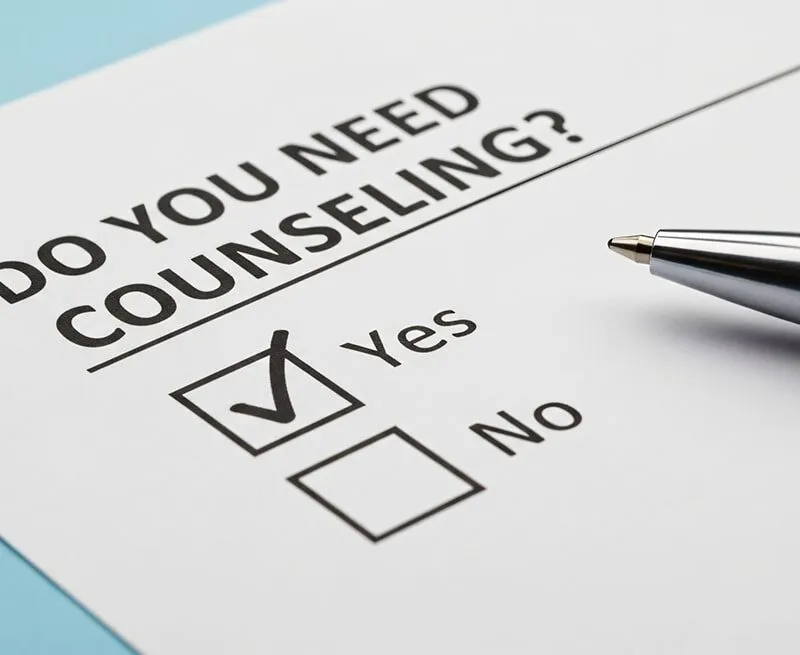
Section 6.4: Basic Health Screening & Connecting to Resources
Actionable Tool: Online Mental Health Screeners:
Utilize reputable, free, and confidential online mental health screening tools. Look for those from recognized health organizations in Alberta or national mental health associations. These are not diagnostic tools but can provide a preliminary indication and guide you toward appropriate resources.
-
- (Example: Search for “CMHA Alberta mental health screening” or “Psychology Today Canada mental health test”).
- Regular Physical Check-ups: Understand basic physical health indicators (e.g., healthy blood pressure, cholesterol levels). Schedule regular physical check-ups with your Alberta family doctor. These routine checks are fundamental to your holistic health and can uncover stress-related physical issues.
- Connecting Your Self-Assessment to Help:
- If your self-assessment flags concerns, know your immediate options:
- Talk to a trusted peer or supervisor.
- Contact your departmental Employee Assistance Program (EAP).
- Call 911 or visit the nearest emergency department for immediate crisis.
- Schedule an appointment with your family doctor.
- Reach out to a mental health professional specializing in first responder trauma.
- If your self-assessment flags concerns, know your immediate options:
- Building Your Personal Support Network: Identify trusted individuals in your personal and professional life – a peer, a family member, a supervisor – whom you can confide in about your self-assessment findings and discuss next steps.
